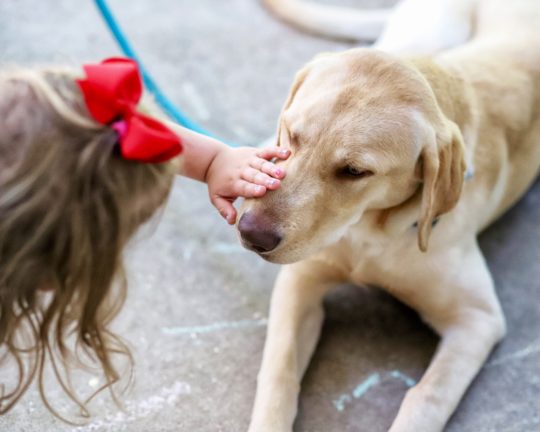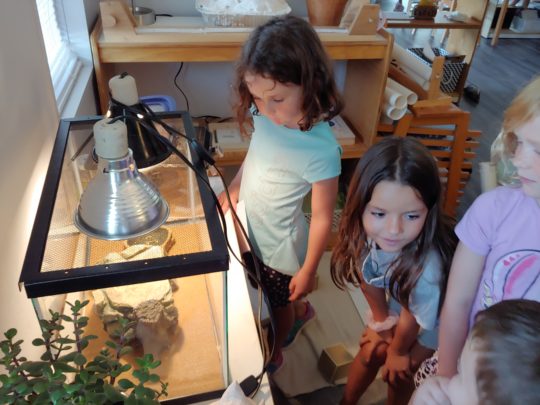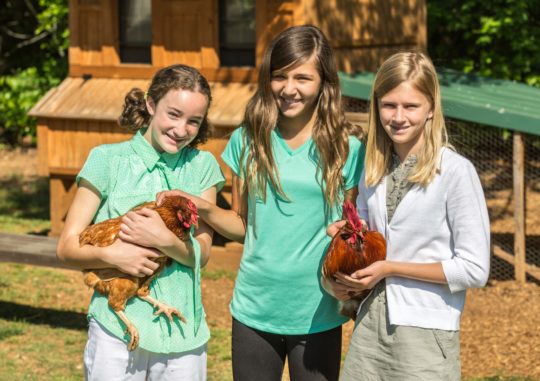“The child who has felt a strong love for his surroundings and for all living creatures, who has discovered joy and enthusiasm in work, gives us reason to hope that humanity can develop in a new direction.” Maria Montessori
At Five Oaks Academy, we support Dr. Montessori’s vision of creating a relationship with animals and plants so that students can gain first-hand knowledge of the plant and animal sciences. We believe that animals on campus set a positive, welcoming tone and provide students an opportunity to learn about various aspects of the Animal Kingdom. An emphasis on the natural world establishes a school climate that is accepting, supportive, and curious. We want our students to learn responsibility, compassion, empathy, and to have an understanding and respect for all living things.


Unique to the Montessori curriculum is the direct link Dr. Montessori observed between child and nature. In developing the student’s understanding of the natural world, Dr. Montessori created a curriculum that involved students in caring for, being exposed to, and studying the Plant and Animal Kingdoms. Another aspect of the curriculum is Grace and Courtesy, which encourages an environment of love and respect for all living things, including plants, animals, and people. As part of the Montessori Science curriculum, caring for the pet teaches children about Biology, Life Cycles, and Parts of the Animals, all of which incorporate correct vocabulary. “Just as a child is learning to be kind to one another and to respect plants, this is the time to give careful hands-on lessons on being kind to animals too. Children naturally have a wonderful disposition toward animals. Having animals in the classroom (also the homes) provide a child with daily and correct demonstrations of how to care for them. Children find satisfaction in learning the tiny details of feeding, giving affection, and cleaning after animals” says Dana Severidt of Montessori Tides School.

Some pets to be considered for the classroom or campus are fish, turtles, snakes, lizards, iguanas, rabbits, guinea pigs, hamsters, ferrets, cats, dogs, chickens, etc. “Especially if a child has no experience at home with pets, exposure to a wide range of animal life in the classroom can benefit a child: from touching, observing, caring for, and making connections to the natural world, to understanding the delicacy and uniqueness of all life” says Severidt.
Having a rich plant and animal life will greatly benefit all community members, children, and adults. Health benefits such as a reduction in blood pressure and heart rate have been shown as well as reducing stress and anxiety and helping children and adults who struggle in social interactions. Our goal is to create a warm and caring environment.



